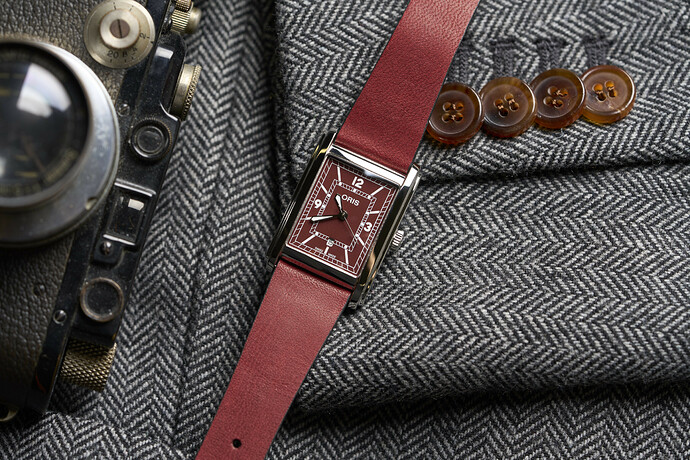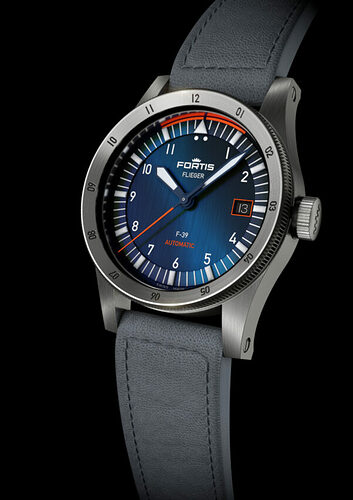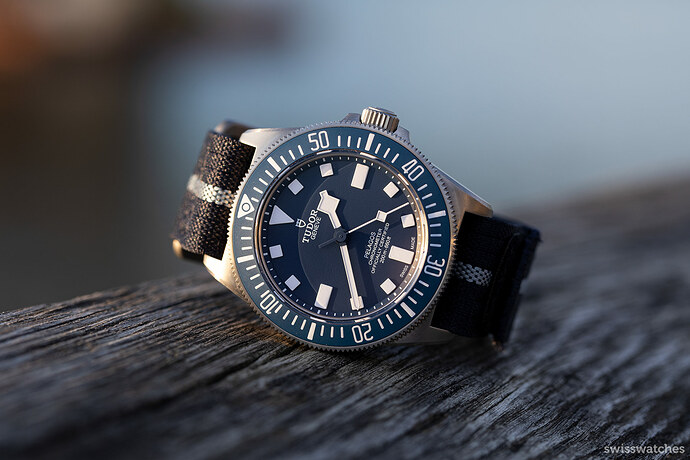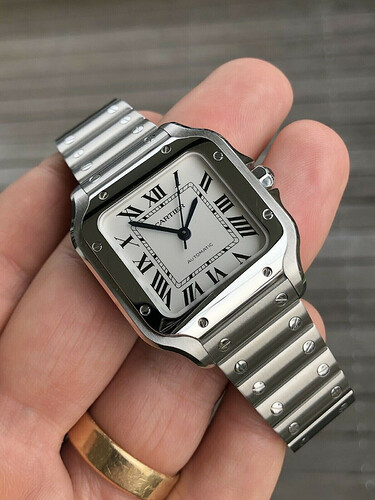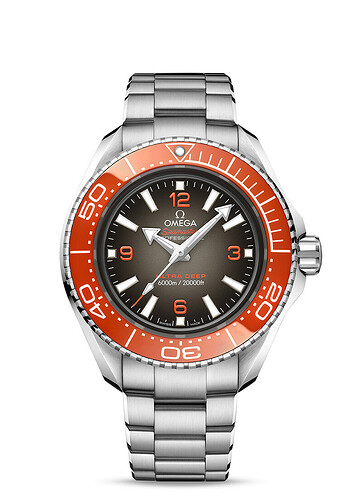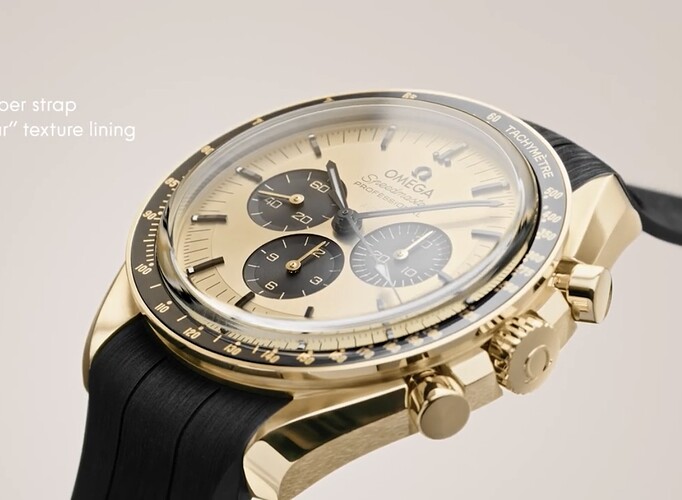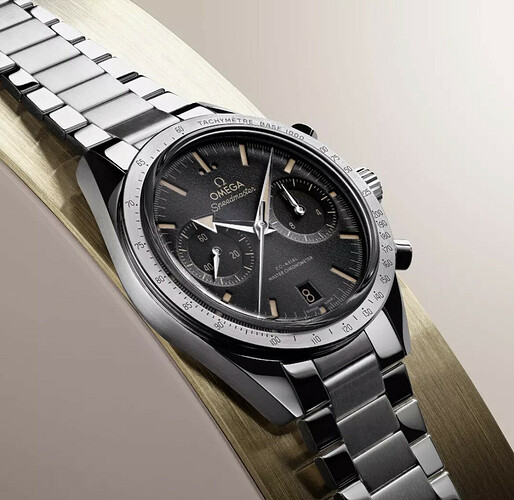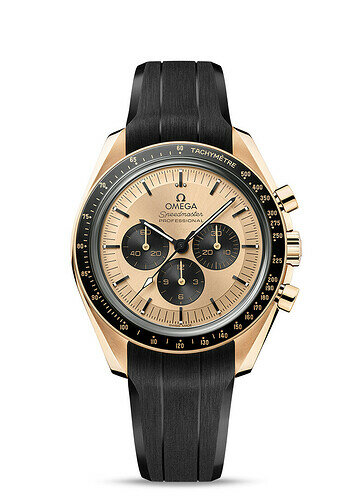Lijkt op de Sinn 102.
Qua kastvorm kan ik je volgen, de wijzers vind ik bij het googelen nergens terug 
Yup, maar als je naar mijn verzameling kijkt is het heel veel blauw, zilver, gebroken wit of zwart. Er zit nog een groene bij, maar er ontbreekt wat kleur. Dus zalmroze is nog steeds een item, en deze rooie.
Geweldig. Ook met een donkerder cordovannetje er op in roodbruin. Ik zag een combi met een band van kurk, ik zag een combi met grijs… Allemaal tof.
Ik gok ook qua uurwerk hetzelfde, maar inderdaad de wijzers en wijzerplaat zijn anders. Erg tof horloge overigens!!
Ik verwacht as zaterdag een nieuwe Tudor Black Bay 58 te mogen aanschaffen 
Waanzinnig mooi
Als t de ‘Chronos’ niet gaat worden staat deze ook hoog op t lijstje :-). Mooi rood is niet lelijk
a “true” gilt is defined by the time-intensive process that exposes the underlying metal of the dial in negative relief. This often results in golden text and markers, because the technique exposes the blank brass underneath the dial’s face, but that need not be the case for a gilt dial produced using this method (it could also expose yellow or white gold, silver, or another material that’s been applied to the underlying plate). Thus, “true” gilt describes not gold-colored print, but a manufacturing process.
Producing a “true” gilt dial is an intensive process. First, the blank brass is highly polished to a mirror finish. Then, the desired design — text, name, logo, markers — is printed or stamped with a special clear coating. Then, black paint is galvanically applied to the dial; the applied clear coating prevents this paint from binding to those parts of the dial. Lastly, a clear lacquer coating is added to the dial to give it a “glossy”, shiny finish. Thus, for clarity, you’ll often find dials manufactured using this process referred to as “glossy gilt” dials to further differentiate them from dials that might simply have applied gold print. After the lacquering process, additional print may be added. For example, Rolex often printed depth ratings in white print after lacquering. Rolex produced glossy-gilt dials on a number of watches until around 1967.
On these glossy gilt dials, you’ll find the print produced using this gilt process is slightly recessed to the dial’s surface. Further, the light plays differently on the gilt text at different angles, rendering it anything from a bright white to a deep bronze. Further, the applied lacquer prevents corrosion of the underlying metal, so as long as the lacquer remains in tact, the polished plate will remain sharp and shiny. But, given the age of many of these glossy gilt watches, some have began to show signs of age — the “spidering” evident on many of these watches is the lacquer cracking — and the golden hue of the underlying gilt gives way to a warm amber or orange.
Eens! Valt volgens mij met meer te combineren dan je zou denken.
En rood… daar zijn er vele soorten van. Dit is toch niet van dat OP rood.
Ook heel mooi deze Oris!
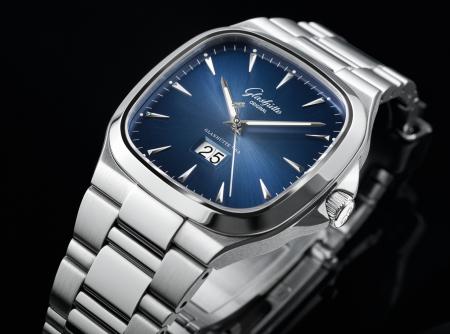
Goede keuze! Leuk dat je bij de online meeting was!
Mooi he 
Niks voor mij zo’n dik horloge
